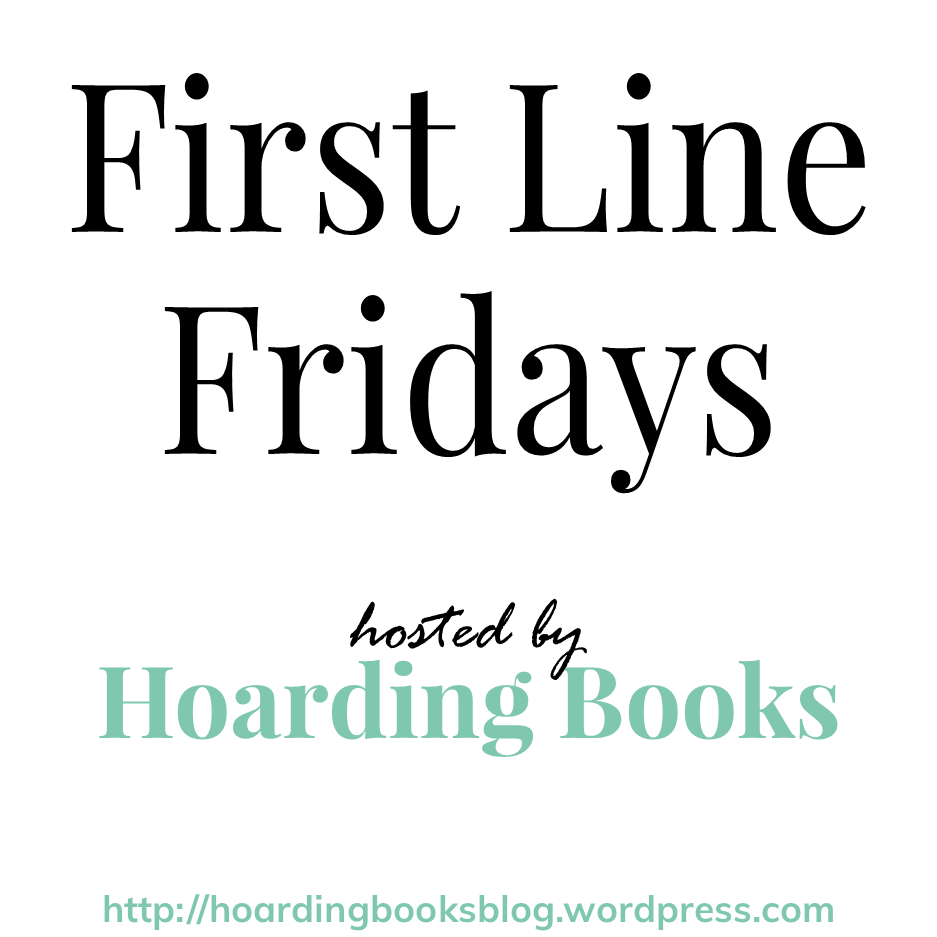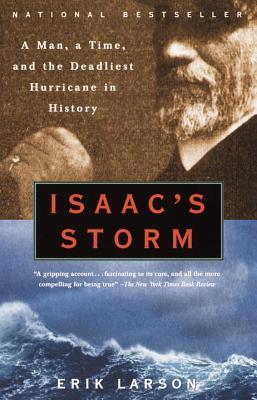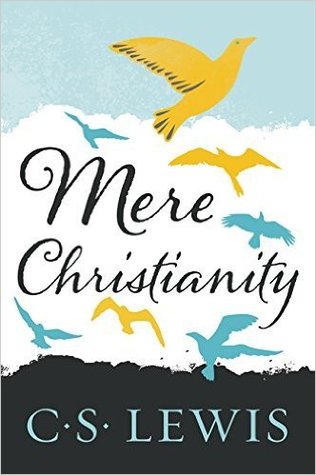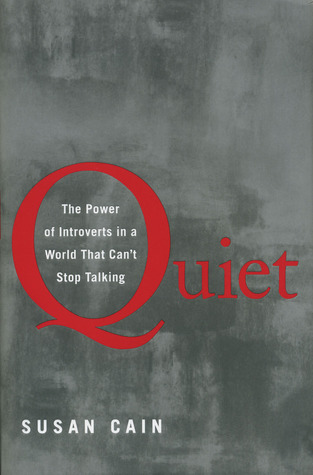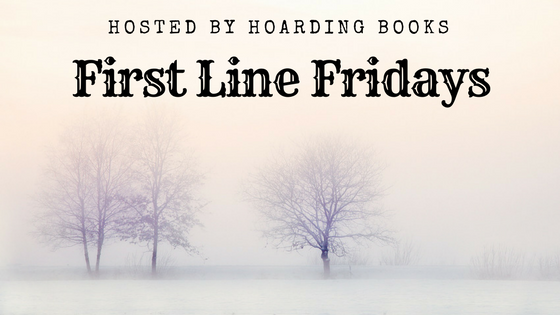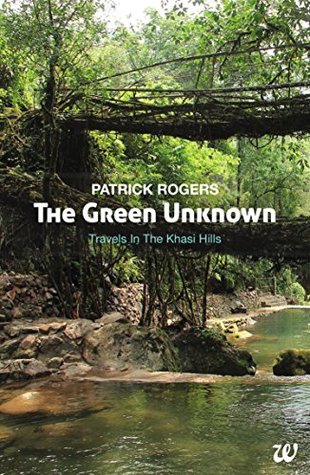
I received a free copy from the author, Patrick Rogers, in exchange for an honest review
Rating: 4 Stars
I was pleasantly surprised by this book. I know very little about India, and even less than that about the slice of Earth that the author was exploring. I did not even know that these living root bridges were a thing. I'm a prime example of what Jack Dawson would refer to as an "indoor girl".
I'm going to get the negative out of the way right now, since I genuinely enjoyed this book. The format on my Kindle was not the best for the photos included. It did not do them justice one bit. I want to see these bridges in color and recommend that option for anyone else who picks up this text. That's really my only complaint - though I will admit I did not read a single word of the sections devoted to bug-eating. I will vomit if I think about it any further. Feel free to read it for yourself.
So, here we have this giant white guy lumbering about in India, traveling around in search of these root bridges. The author's humor about the situations he found himself in was fantastic. Early on he writes, "When she saw my huffing and puffing up through the village she laughed, though I wasn't offended. It's no use taking yourself too seriously when you insist on being the one sweaty foreigner in the jungle." Here he is describing being passed on a trail by an elderly woman, who is much-amused when he arrives in the village later than she did, after having passed him on the trail in.
There is so much to touch on from the text, I hardly know where to go next. I thoroughly enjoyed discovering the randomness of the cultural exports from the US, and how the WWE manages to infiltrate every last corner of the earth. The author writes much of a man named John Cena who became a companion of sorts on his various treks. Names in general were highly interesting, as parents often named their children with words we in the US would never in a million years consider a name. Yet the parents chose those names because they liked the way they sounded.
There was one point in the story that just about gave me serious heart palpitations. I am someone who hates getting lost. I can not stand the thought of a wrong turn and I get panicky just thinking about it. Even in the city where I live, sometimes. So you can imagine my vicarious experience when the author literally got lost in the jungle on one of his treks when he was confronted with the fact that the map he had was incomplete. He had to decide then on his own, with no guidance, which path to take. I could hardly stand it. Luckily, things worked out of course, or we would not be discussing this book right now, would we?
I was not entirely sure what to expect from this text and was also keen to learn about these remote villages, people who live lives so different, yet very much the same as you and I. When one thinks of farming in the Midwest, it is easy to imagine row after perfect row of crops, stretching out to the horizon, carefully tended and cared for under the watchful eye of the farmer. This could not be further from the truth in many of the locations visited by Rogers. He describes their farming methods as very simplistic, and very successful. Some crops are deliberately planted in the forest and left on their own until it is time to harvest. Other foods necessary to the villagers' diets grow naturally in the surrounding forests and they harvest when it is time. Something else I found of interest is the fact that those naturally-growing crops are protected by the locals sometimes at the expense of other species' sharing the same space.
Besides interacting with the vegetation, we are also treated to several interactions with many villagers. Rogers points out very early on (16%) that a "Good way to determine if you're welcome or not, and how many other outside visitors have been there before you - the way the kids react to you." He also discussed how word spread so quickly of his presence (and purpose, when known). He talks of how word spread quickly, "...sometimes to villages I've not even heard of, that a big white man is lumbering about in the vicinity" (14%). But, much like here in the US, those villages were not always friendly to one another, and Rogers found himself getting quite a lot of information from one group of villagers about another. "Exactly like neighbors the world over, nearby villages in Riwar don't always get along. In traveling from settlement to settlement, one often gets an earful of inter-village resentments; lengthy descriptions of territorial disputes that have never been truly resolved, suspicions that neighboring villages may harbor insurgents or be conducting human sacrifices, accusations that the next settlement is corrupt, and that its headman is cheating the state government out of grant money, etc, etc" (19%).
To say that the author took the road less traveled is an understatement (recall the map scenario from above, as I try not to freak out about it all over again). He set out on this mission to see and photograph these amazing natural wonders, and found such additional treasure along the way, in the form of the people and the places, the ideas, languages, and traditions, of a world so wholly removed from our own. I can not imagine an adventure more terrifying or amazing.
I appreciated the fact that the author in no way considers himself an expert on these root bridges or the world he encountered on his many treks through the jungles. He mixed his own experiences with factual information about the places he saw, which is especially important for those who have never even heard of this part of the world. I would have been so much more lost, had I not had that information, guiding me as to what I needed to Google, and what I could figure out from the narrative. I feel both parts flowed together well and this was very much a travelogue of a breathtaking adventure. It was easy to picture those far-off places, with his descriptions (and Google) of the hills and valleys, mountainsides, waterfalls, swelling rivers, and of course the root bridges. They are, after all, the whole purpose of his adventures. Rogers refers to them as being "among the world's exceedingly few examples of architecture which is simultaneously functional and alive." he goes on to describe a bit about them, while also stating he is by no means an expert. He leaves the title of expert to his guides, who we find can not fathom why an outsider would do what the author is doing - trekking through thick jungles with a huge backpack, trying to find something that the locals do not particularly value. This part saddened me, as we learn over the course of the book that the practice of growing and cultivating these magnificent structures is dying out and thus that is the reason for so remarkably few photos, despite Rogers' best efforts to find as many as he can. I feel like there is a great need for attention to this, and preservation of these bridges needs to be a priority. But on the other hand, these remote villages have existed with little outside interference for centuries, do we really think as outsiders that we know better than the people who have grown up around these bridges? It is a a complex idea and one I am glad I am not in charge of solving - if indeed there is anything to solve.
Overall, this was an enjoyable read with a good blend of fact and personal experience, as well as plenty of humor and amazing photos along the way.
I'm going to get the negative out of the way right now, since I genuinely enjoyed this book. The format on my Kindle was not the best for the photos included. It did not do them justice one bit. I want to see these bridges in color and recommend that option for anyone else who picks up this text. That's really my only complaint - though I will admit I did not read a single word of the sections devoted to bug-eating. I will vomit if I think about it any further. Feel free to read it for yourself.
So, here we have this giant white guy lumbering about in India, traveling around in search of these root bridges. The author's humor about the situations he found himself in was fantastic. Early on he writes, "When she saw my huffing and puffing up through the village she laughed, though I wasn't offended. It's no use taking yourself too seriously when you insist on being the one sweaty foreigner in the jungle." Here he is describing being passed on a trail by an elderly woman, who is much-amused when he arrives in the village later than she did, after having passed him on the trail in.
There is so much to touch on from the text, I hardly know where to go next. I thoroughly enjoyed discovering the randomness of the cultural exports from the US, and how the WWE manages to infiltrate every last corner of the earth. The author writes much of a man named John Cena who became a companion of sorts on his various treks. Names in general were highly interesting, as parents often named their children with words we in the US would never in a million years consider a name. Yet the parents chose those names because they liked the way they sounded.
There was one point in the story that just about gave me serious heart palpitations. I am someone who hates getting lost. I can not stand the thought of a wrong turn and I get panicky just thinking about it. Even in the city where I live, sometimes. So you can imagine my vicarious experience when the author literally got lost in the jungle on one of his treks when he was confronted with the fact that the map he had was incomplete. He had to decide then on his own, with no guidance, which path to take. I could hardly stand it. Luckily, things worked out of course, or we would not be discussing this book right now, would we?
I was not entirely sure what to expect from this text and was also keen to learn about these remote villages, people who live lives so different, yet very much the same as you and I. When one thinks of farming in the Midwest, it is easy to imagine row after perfect row of crops, stretching out to the horizon, carefully tended and cared for under the watchful eye of the farmer. This could not be further from the truth in many of the locations visited by Rogers. He describes their farming methods as very simplistic, and very successful. Some crops are deliberately planted in the forest and left on their own until it is time to harvest. Other foods necessary to the villagers' diets grow naturally in the surrounding forests and they harvest when it is time. Something else I found of interest is the fact that those naturally-growing crops are protected by the locals sometimes at the expense of other species' sharing the same space.
Besides interacting with the vegetation, we are also treated to several interactions with many villagers. Rogers points out very early on (16%) that a "Good way to determine if you're welcome or not, and how many other outside visitors have been there before you - the way the kids react to you." He also discussed how word spread so quickly of his presence (and purpose, when known). He talks of how word spread quickly, "...sometimes to villages I've not even heard of, that a big white man is lumbering about in the vicinity" (14%). But, much like here in the US, those villages were not always friendly to one another, and Rogers found himself getting quite a lot of information from one group of villagers about another. "Exactly like neighbors the world over, nearby villages in Riwar don't always get along. In traveling from settlement to settlement, one often gets an earful of inter-village resentments; lengthy descriptions of territorial disputes that have never been truly resolved, suspicions that neighboring villages may harbor insurgents or be conducting human sacrifices, accusations that the next settlement is corrupt, and that its headman is cheating the state government out of grant money, etc, etc" (19%).
To say that the author took the road less traveled is an understatement (recall the map scenario from above, as I try not to freak out about it all over again). He set out on this mission to see and photograph these amazing natural wonders, and found such additional treasure along the way, in the form of the people and the places, the ideas, languages, and traditions, of a world so wholly removed from our own. I can not imagine an adventure more terrifying or amazing.
I appreciated the fact that the author in no way considers himself an expert on these root bridges or the world he encountered on his many treks through the jungles. He mixed his own experiences with factual information about the places he saw, which is especially important for those who have never even heard of this part of the world. I would have been so much more lost, had I not had that information, guiding me as to what I needed to Google, and what I could figure out from the narrative. I feel both parts flowed together well and this was very much a travelogue of a breathtaking adventure. It was easy to picture those far-off places, with his descriptions (and Google) of the hills and valleys, mountainsides, waterfalls, swelling rivers, and of course the root bridges. They are, after all, the whole purpose of his adventures. Rogers refers to them as being "among the world's exceedingly few examples of architecture which is simultaneously functional and alive." he goes on to describe a bit about them, while also stating he is by no means an expert. He leaves the title of expert to his guides, who we find can not fathom why an outsider would do what the author is doing - trekking through thick jungles with a huge backpack, trying to find something that the locals do not particularly value. This part saddened me, as we learn over the course of the book that the practice of growing and cultivating these magnificent structures is dying out and thus that is the reason for so remarkably few photos, despite Rogers' best efforts to find as many as he can. I feel like there is a great need for attention to this, and preservation of these bridges needs to be a priority. But on the other hand, these remote villages have existed with little outside interference for centuries, do we really think as outsiders that we know better than the people who have grown up around these bridges? It is a a complex idea and one I am glad I am not in charge of solving - if indeed there is anything to solve.
Overall, this was an enjoyable read with a good blend of fact and personal experience, as well as plenty of humor and amazing photos along the way.
